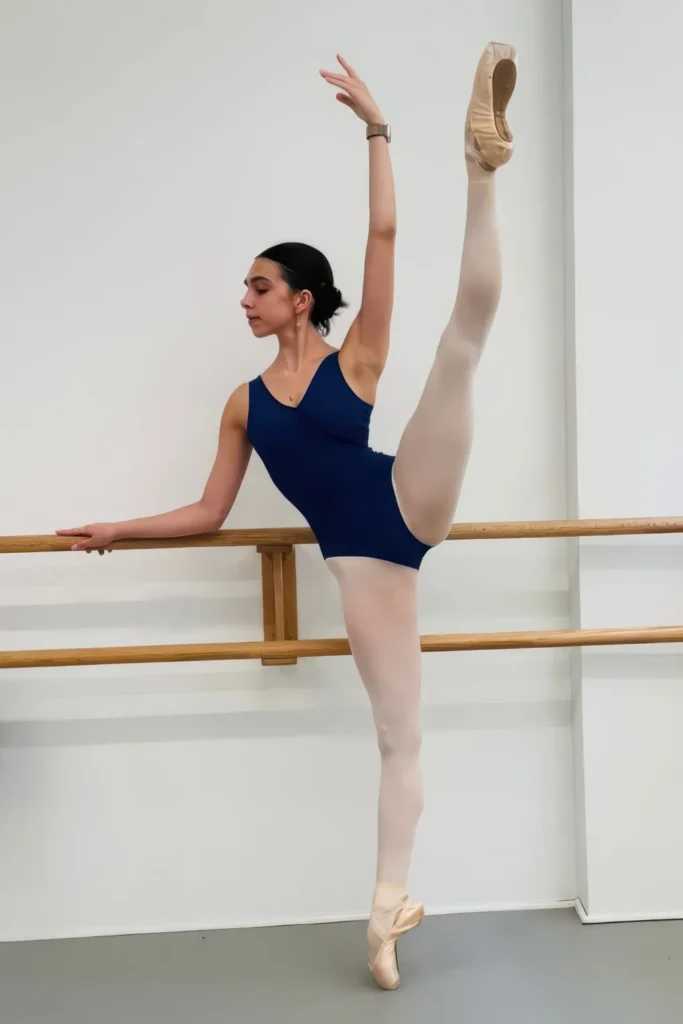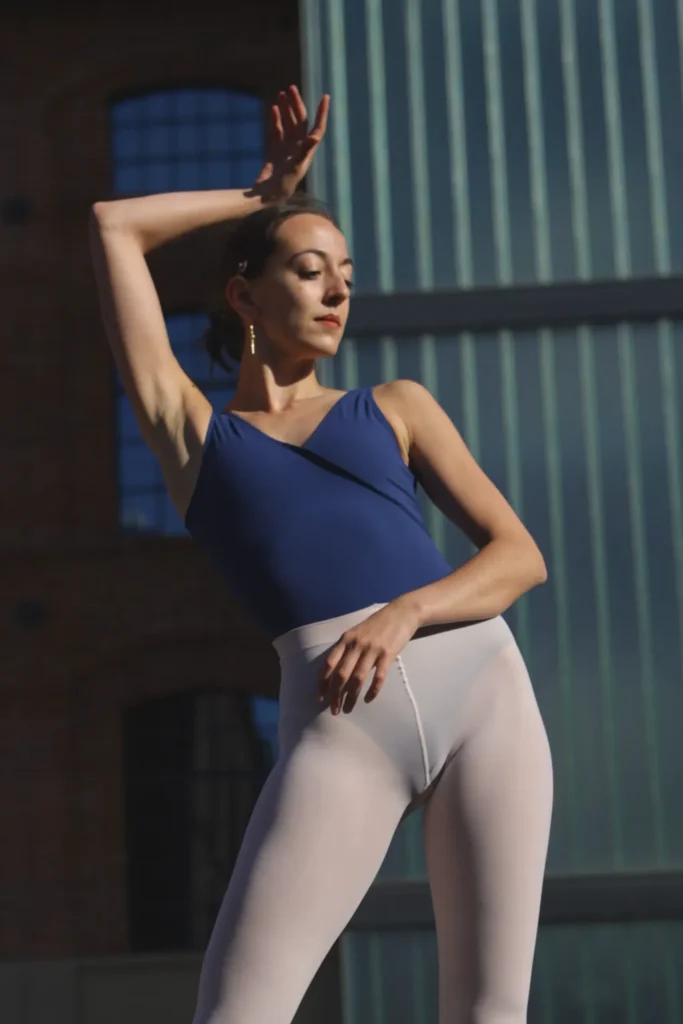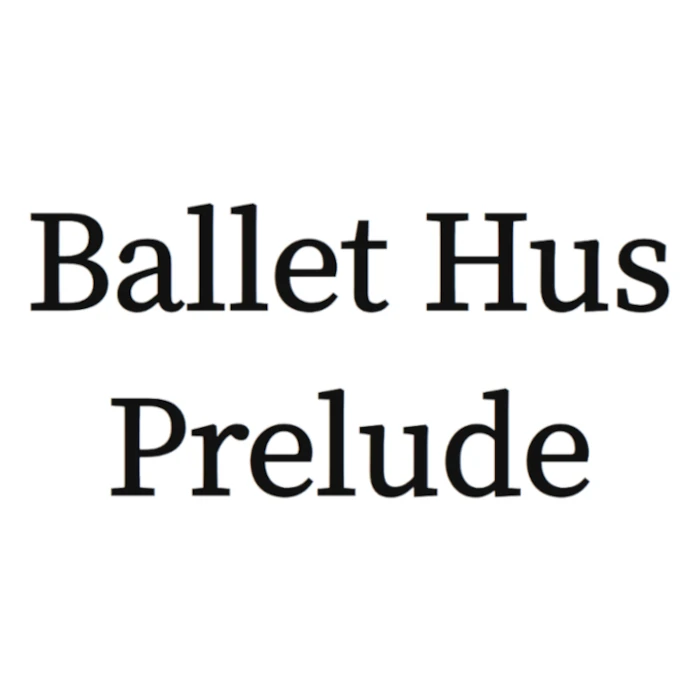Ballet Flexibility The Right Way
Key Takeaways:
• Ballet dancers are not rhythmic gymnasts
• Flexibility without strength leads to instability and potential injury
• True ballet flexibility requires proper muscle engagement and control
• Progress comes from consistent, intelligent training, not extreme stretching
• Ballet class provides the ideal framework for safe flexibility improvement
Unlock Your Ballet Flexibility, But The Right Way
Every dancer dreams of achieving those beautiful lines and impressive extensions. We do too. But here’s something crucial to understand: flexibility in ballet isn’t about how far you can stretch – it’s about controlled, usable range of motion.
As a ballet brand dedicated to improving technique through thoughtfully designed leotards, we understand that proper flexibility training requires more than just stretching exercises. And we will try our best to convince you to think the same.
The Science Behind Ballet Flexibility
In ballet, true flexibility means having a functional range of motion that you can control. Think of it like a door – it’s not enough for it to swing open widely; it needs to move smoothly and stay exactly where you want it.
This controlled flexibility allows you to:
- Execute movements with precision
- Maintain proper placement
- Prevent injuries
- Create beautiful, stable lines
Common Misconceptions About Ballet Flexibility
Many dancers, especially beginners, believe that extreme flexibility automatically makes you a better dancer. Before every ballet class one can see dancers doing deep stretches, assuming that this is going to improve the rest of today’s workout.
During the class you’ll also see dancers doing impressive, 180 degree pliés, and you’ll be tempted to get inspired by such flexibility (mistaking it for good technique).
This couldn’t be further from the truth. Forcing turnout beyond your natural range or attempting splits without proper muscle engagement creates instability in your joints and dramatically increases your risk of injury. These unsafe practices often result in wobbly landings and, ironically, poorer technique overall.
The Strength-Flexibility Connection
Think of your muscles like a well-tuned elastic band. Without strength, flexibility becomes dangerous – like an overstretched rubber band that’s lost its snap. Every increase in flexibility must be matched with corresponding strength development. Your muscles need to support extended positions while maintaining control throughout the entire range of motion, all while protecting your joints during dynamic movements.
This kind of controlled, engaged stretching comes with the seemingly expensive price to pay: reduced flexibility and slower stretching progress. But this is the price you must be willing to pay, because by stretching the right way, you’re building a solid, strong foundation for every next ballet step you’ll ever do.
Building Safe and Effective Flexibility
As a general rule, you should do deep stretching after the class, after your muscles are warm. Before the class, it’s best to strengthen your body and prepare it for the muscle work it’ll soon be doing (for example by doing proper plie exercises), but if you feel your class won’t be good without you stretching first, it is recommended to stick to light, dynamic stretching. Never ever stretch cold muscles, and always maintain proper engagement throughout your stretching routine.
Here’s how to approach flexibility training intelligently:
- Start with Proper Placement
- Engage your core, hips and leg muscles correctly
- Maintain lifted posture
- Focus on hip alignment, don’t try to deepen the stretch by compromising the quality
- Warm-Up Thoroughly
- Begin with gentle movements
- Gradually increase range of motion
- Never stretch cold muscles
- Keep each position ideally for 60-120 seconds
- Progress Gradually
- Listen to your body’s signals. Stretching should feel somehow uncomfortable or might even feel a little painful, but not more than that.
- Focus on control over range, but make sure you always try to go a bit deeper.
- Build strength alongside flexibility
To help you master these concepts, particularly proper muscle engagement, our free “7 Quick Ballet Posture Fixes” checklist guides you through essential alignment principles – which also works great with barre stretches.
Technical Aspects of Ballet Flexibility
Understanding the mechanics behind flexibility helps you approach it more intelligently. Your muscles and joints work together in a complex system that requires balance and coordination. When you’re working on extensions or turnout, you’re not just stretching muscles – you’re training your entire nervous system to trust new ranges of motion.
This is why rushing flexibility can backfire: your body needs time to adapt and build the necessary strength to support these movements.
The Role of Ballet Class in Flexibility Development
Your regular ballet class, most likely already contains everything needed for proper flexibility development. Each exercise, from plié to grand battements, systematically works on both strength and flexibility. The barre provides an ideal environment to focus on proper muscle engagement while gradually increasing your range of motion. Center work then allows you to apply this controlled flexibility in more dynamic movements.
Afte the class (or the rehearsal if you’re a full time dancer) it’s the perfect time to go “all in” and do a deep stretching. At that time you don’t need to be overly strict about muscle engagement and control, especially that there’s already muscle fatigue in place and you probably won’t be able to use them to the fullest extend. Still, make sure you maintain the muscle engagement to prevent hurting yourself.
Intelligent Training Principles
Flexibility development requires patience and consistency (adult ballet dancers that even more). Instead of focusing on how high your leg goes, pay attention to how well you can control it throughout the movement. Start by mastering basic positions with perfect placement before pursuing more extreme ranges. Remember that proper alignment in simple movements builds the foundation for advanced steps.
Working with Your Body’s Natural Design
Every dancer’s body is unique, and forcing yourself into positions before you’re ready can lead to long-term problems.
We understand the times we live in, and whether we want it or not, we will compare ourselves to other dancers we see online. But you have to remember, that your body is unique, it has its own limitations and boundaries that you can push a little, but never break.
Focus on working with your natural structure rather than against it. Good flexibility comes from understanding how your body moves and gradually expanding its capabilities while maintaining stability and control.
Making Progress Safely
Real progress in flexibility comes from consistent, intelligent work rather than aggressive stretching, especially as your body matures. Pay attention to how your body feels both during and after class. If you experience sharp pain or lasting discomfort, that’s a sign to adjust your approach.
True improvement shows in your ability to control movements, not just in how far you can stretch.
Conclusion
Flexibility in ballet is about finding the perfect balance between range of motion and control. When approached correctly, flexibility training becomes an integral part of your technical development, not a separate battle to fight.
Remember that while some successful dancers you admire achieved their flexibility through patient, consistent work within the framework of proper ballet technique, some were naturally gifted, and their effortless extensions might be not achievable for you.
But that shouldn’t be your concern, because the key is to learn how to control the flexibility and the range that you naturally have. That’s more than enough to make you a great dancer.
And remember, if you’re looking to improve your overall ballet technique, including flexibility, our “7 Quick Ballet Posture Fixes” checklist provides essential guidance for proper muscle engagement and alignment. This foundation, combined with our technique-focused leotards, helps you develop flexibility the right way – with control, strength, and proper placement.

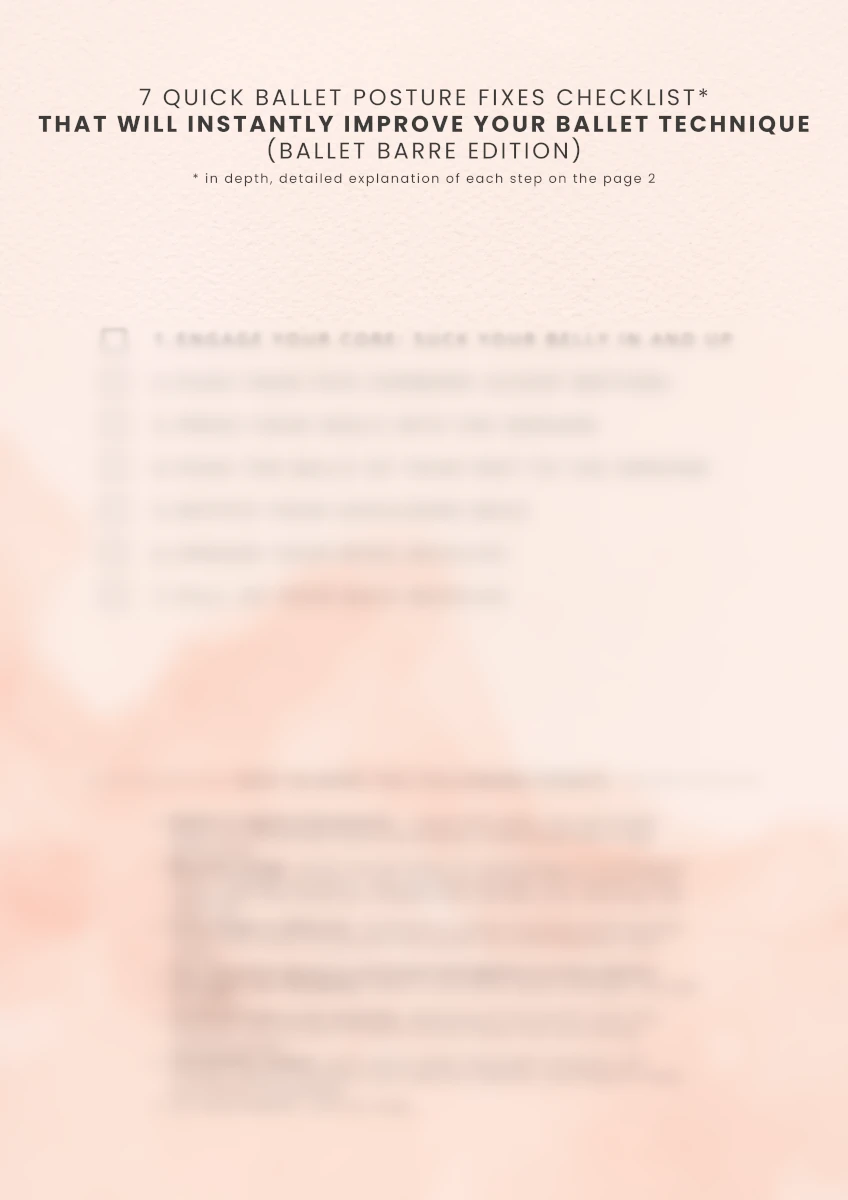

![[P] [ST] ArtCasse-LaPremiereCoupe-AmethystPurple-Front2 [JPG REQUIRED FOR FACEBOOK] ArtCasse - La Première Coupe - Amethyst Purple - Front](https://www.artcasse.com/wp-content/uploads/2023/09/P-ST-ArtCasse-LaPremiereCoupe-AmethystPurple-Front2-800x800.jpg)
![[P] [ST] ArtCasse-LaPremiereCoupe-IndigoBlue-Front [JPG REQUIRED FOR FACEBOOK] ArtCasse - La Première Coupe - Indigo Blue - Front](https://www.artcasse.com/wp-content/uploads/2023/09/P-ST-ArtCasse-LaPremiereCoupe-IndigoBlue-Front-800x800.jpg)
![[P] [ST] ArtCasse Premium Quality Ballet Leotards – La Premiere Coupe – Steel Blue – Front [JPG REQUIRED FOR FACEBOOK] ArtCasse Premium Quality Ballet Leotards - La Première Coupe - Steel Blue - Front](https://www.artcasse.com/wp-content/uploads/2023/09/P-ST-ArtCasse-LaPremiereCoupe-SteelBlue-Front-800x800.jpg)
![[JPG REQUIRED FOR FACEBOOK] ArtCasse Premium Quality Ballet Leotards - La Première Coupe - Steel Blue - Front](https://www.artcasse.com/wp-content/uploads/2023/09/P-ST-ArtCasse-LaPremiereCoupe-SteelBlue-Front-681x1024.jpg)
![[JPG REQUIRED FOR FACEBOOK] ArtCasse - La Première Coupe - Steel Blue - Back](https://www.artcasse.com/wp-content/uploads/2023/09/P-ST-ArtCasse-LaPremiereCoupe-SteelBlue-Back1-681x1024.jpg)

![[JPG REQUIRED FOR FACEBOOK] ArtCasse - La Première Coupe - Steel Blue - Side](https://www.artcasse.com/wp-content/uploads/2023/09/P-ST-ArtCasse-LaPremiereCoupe-SteelBlue-Side-681x1024.jpg)
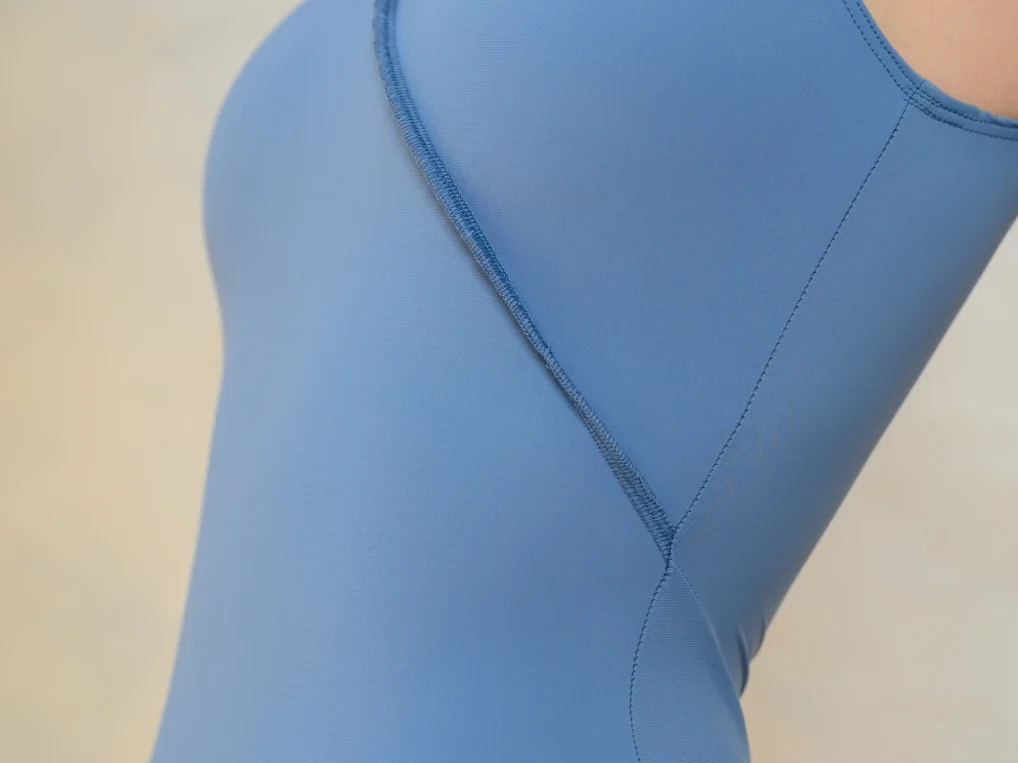
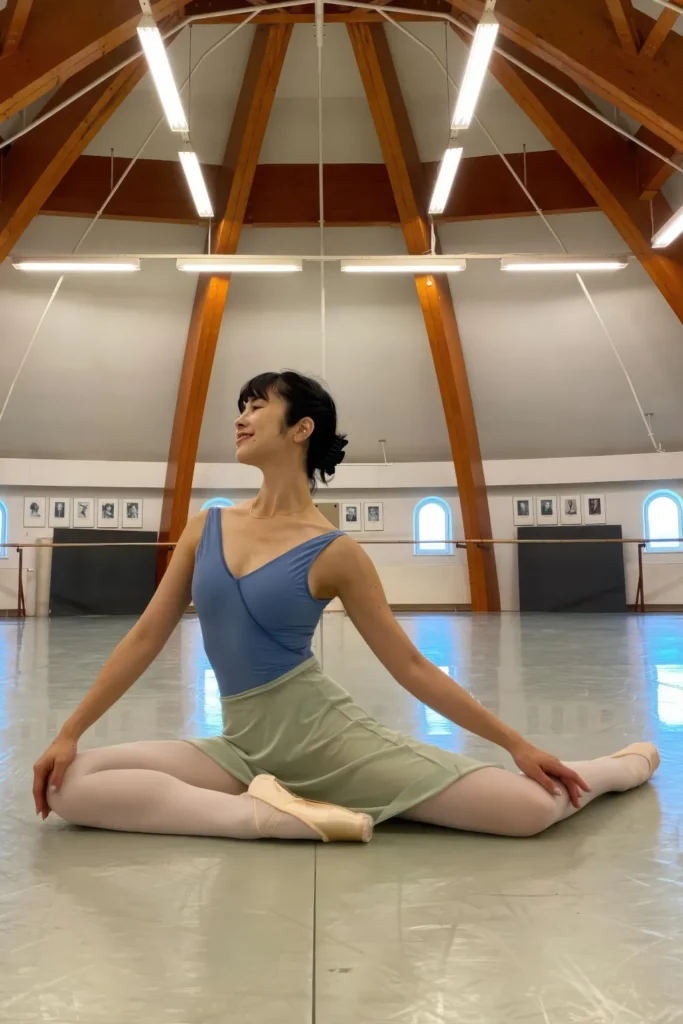
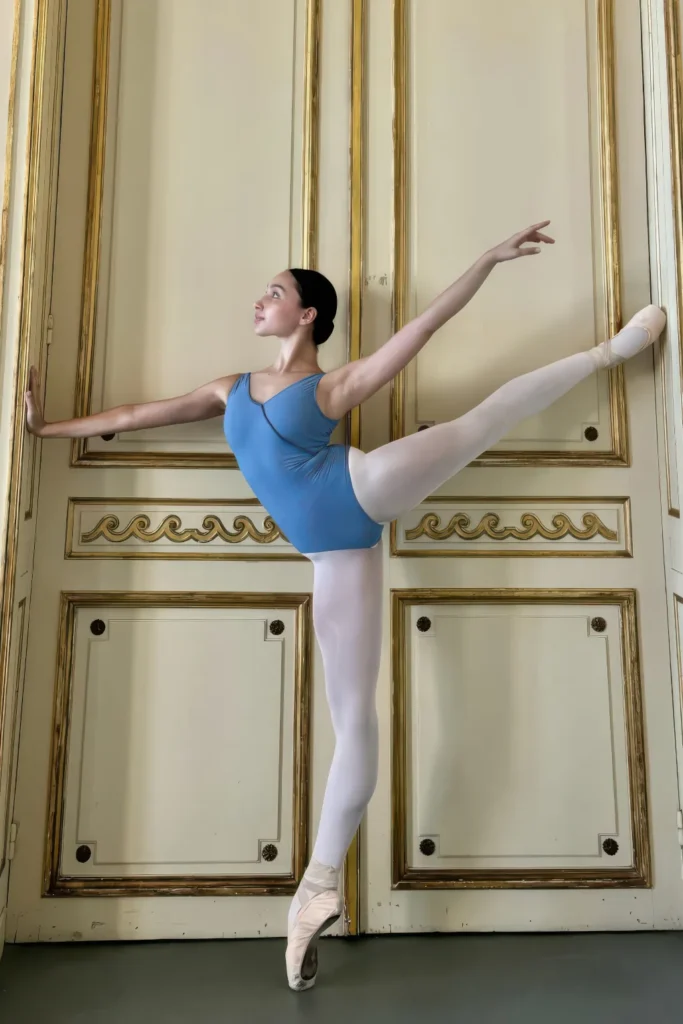
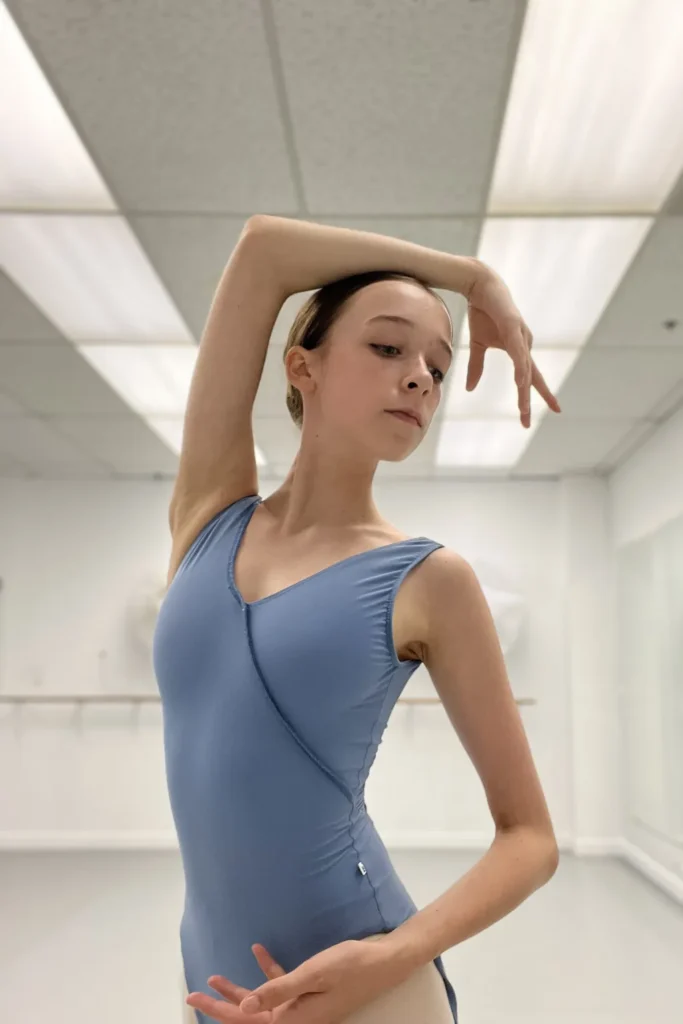

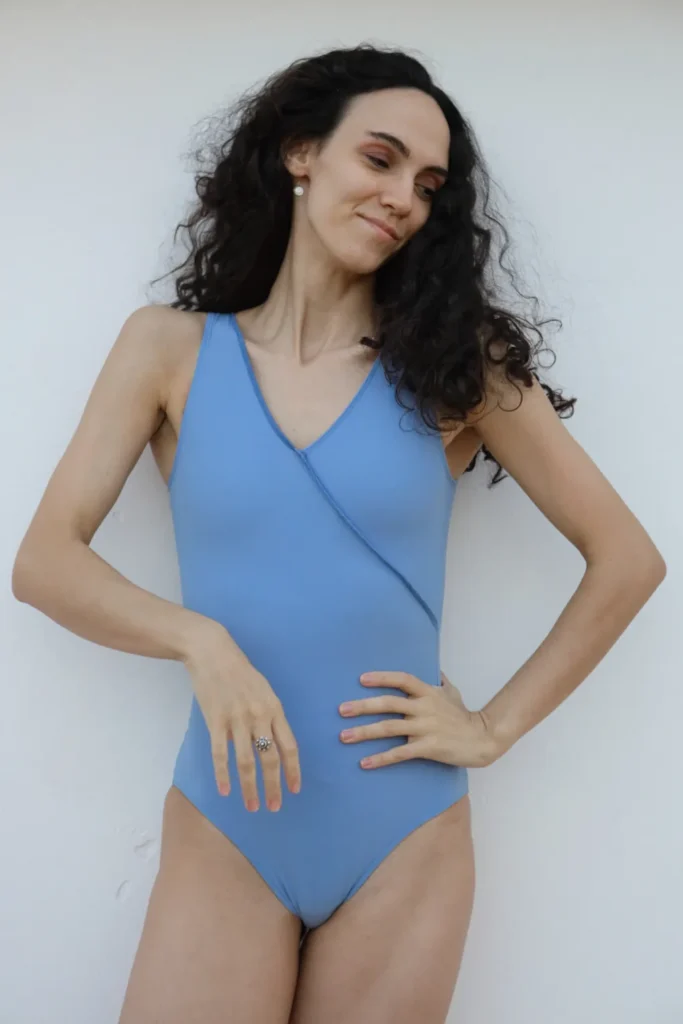
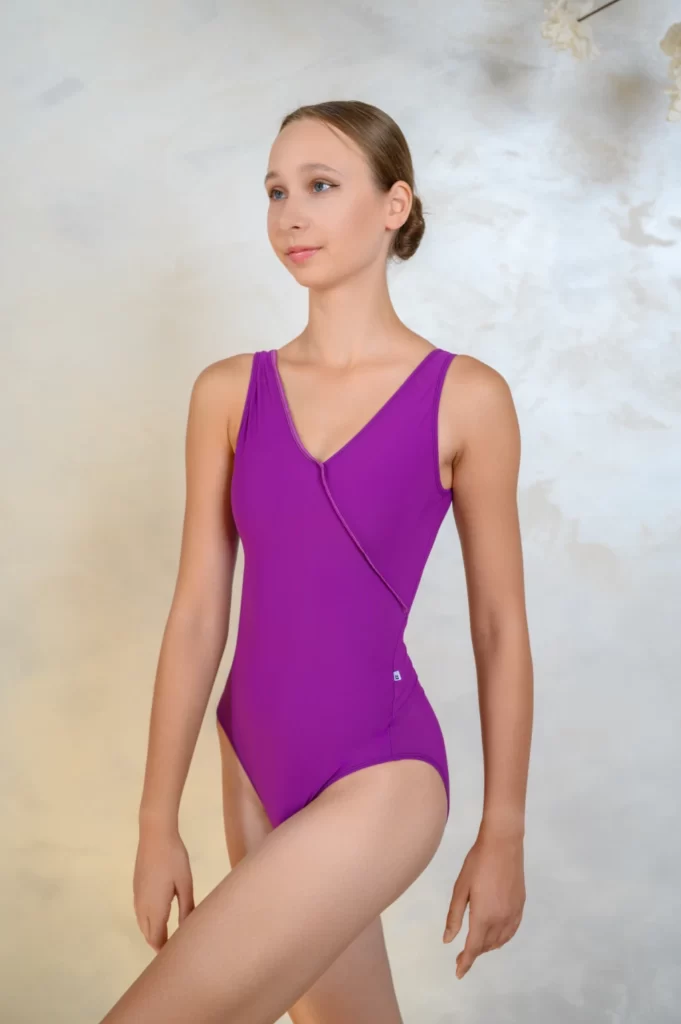
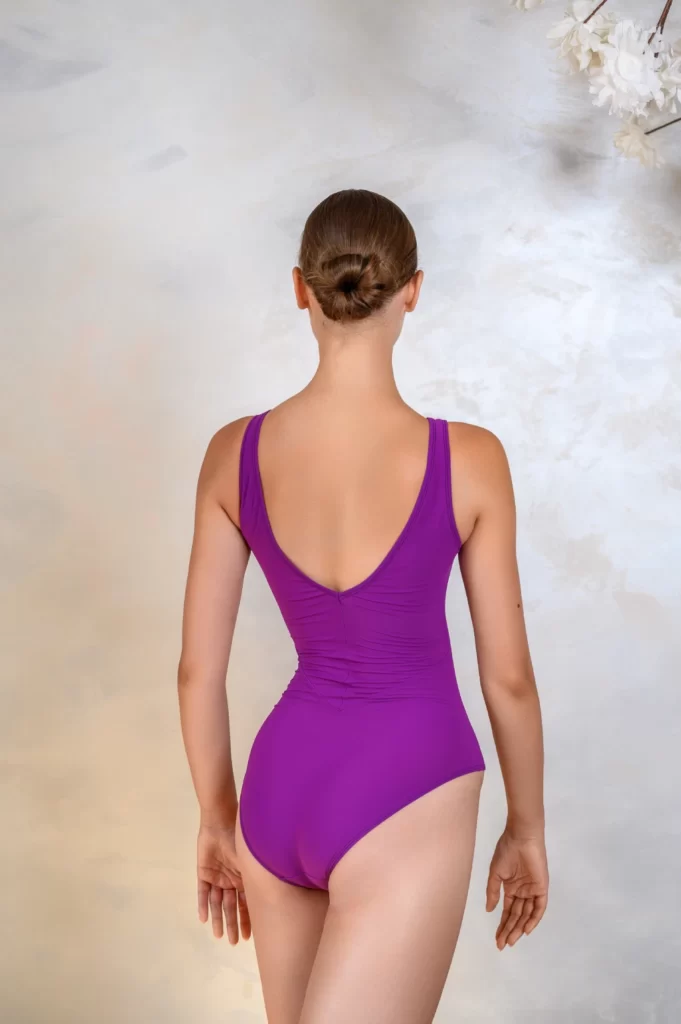
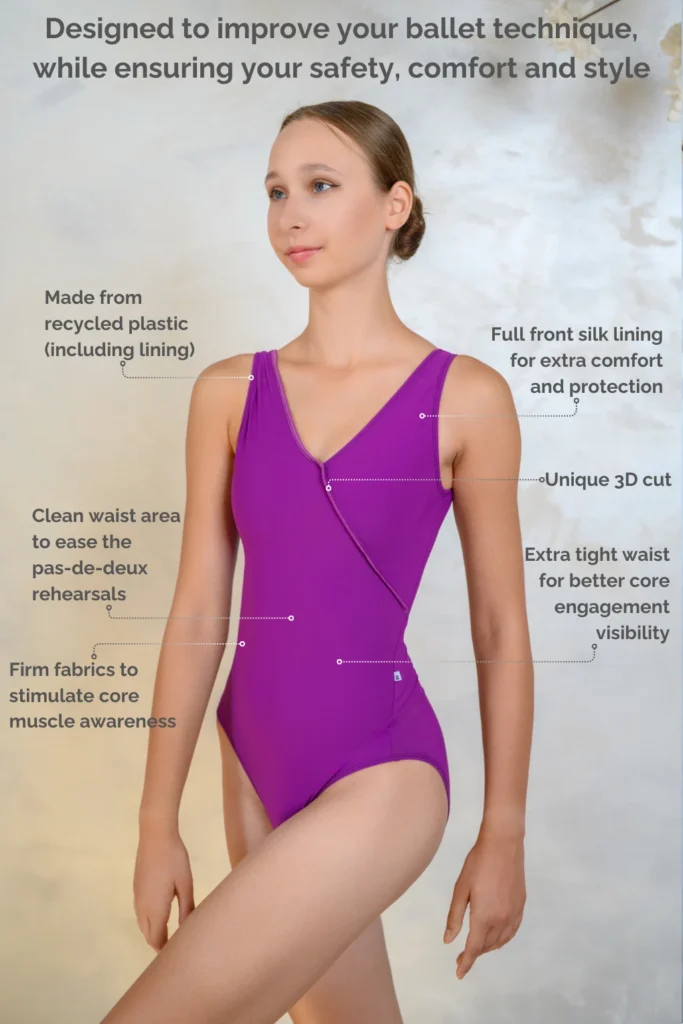
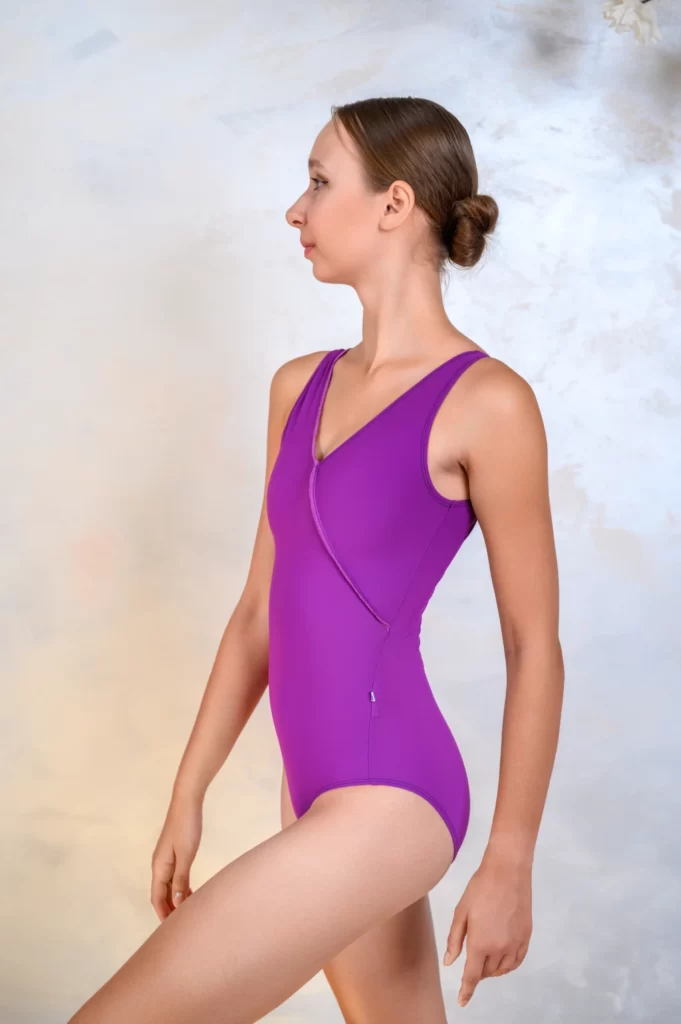
![[JPG REQUIRED FOR FACEBOOK] ArtCasse - La Première Coupe - Amethyst Purple - Detail](https://www.artcasse.com/wp-content/uploads/2023/09/P-ST-ArtCasse-LaPremiereCoupe-AmethystPurple-Detail-681x1024.jpg)
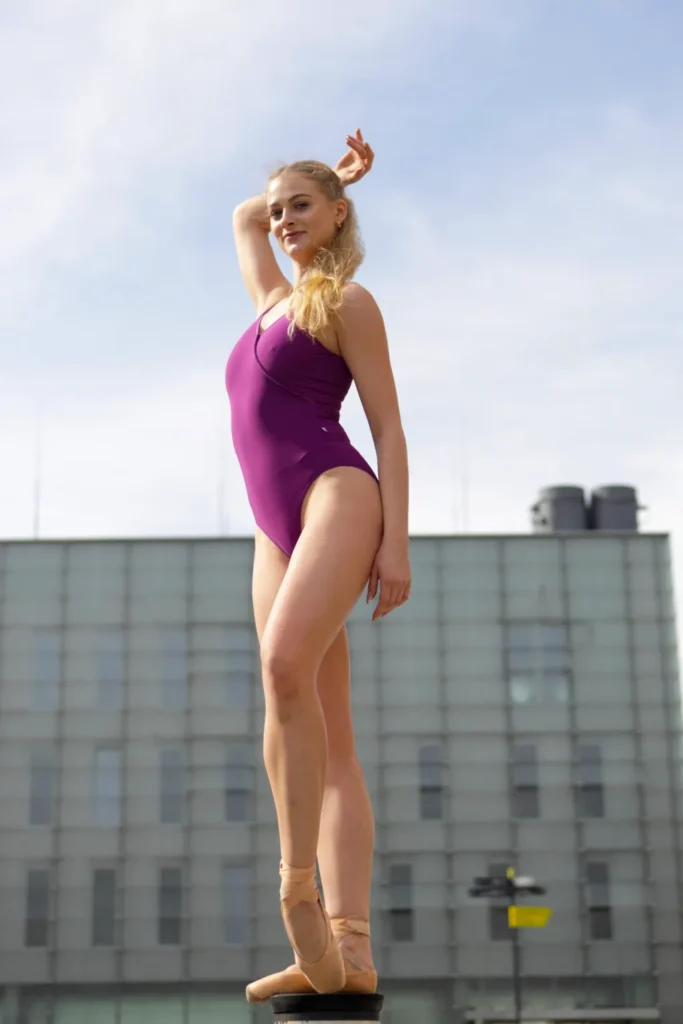
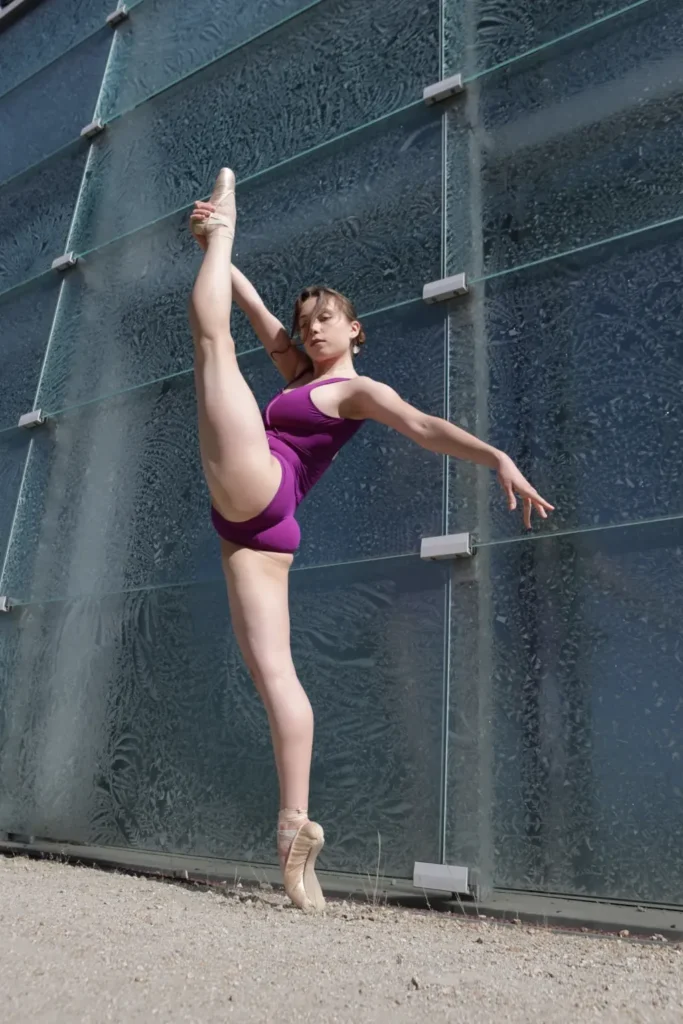
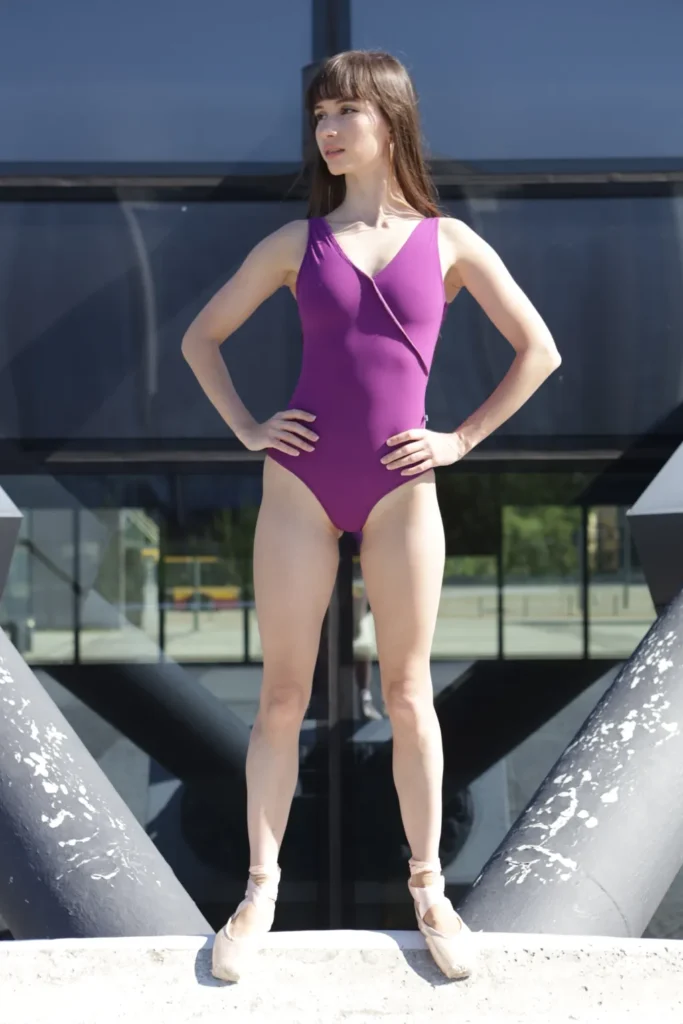
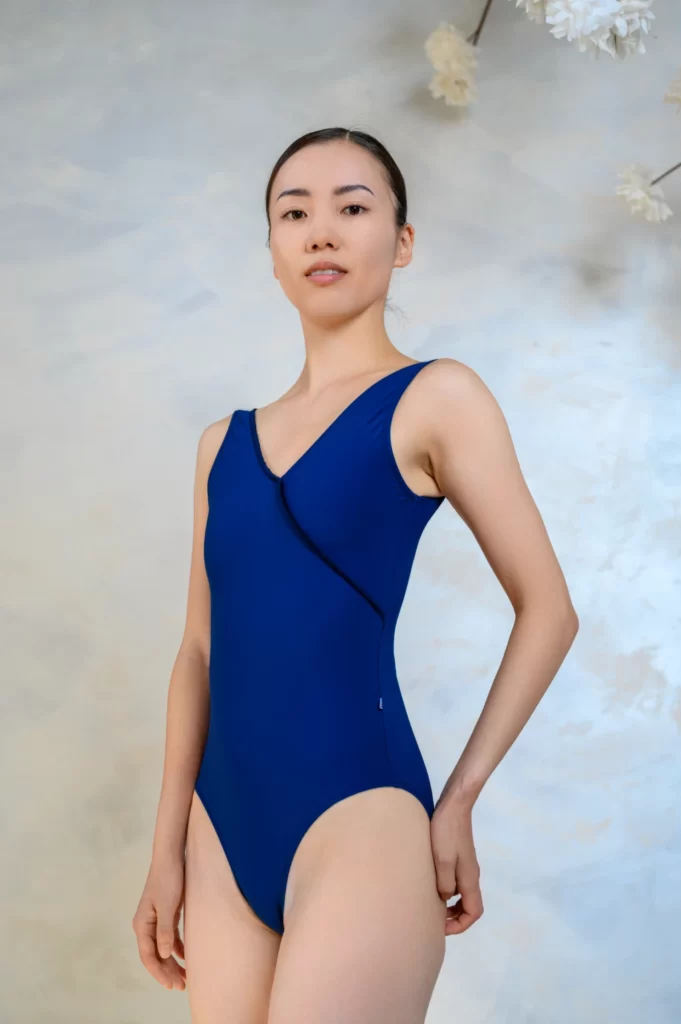
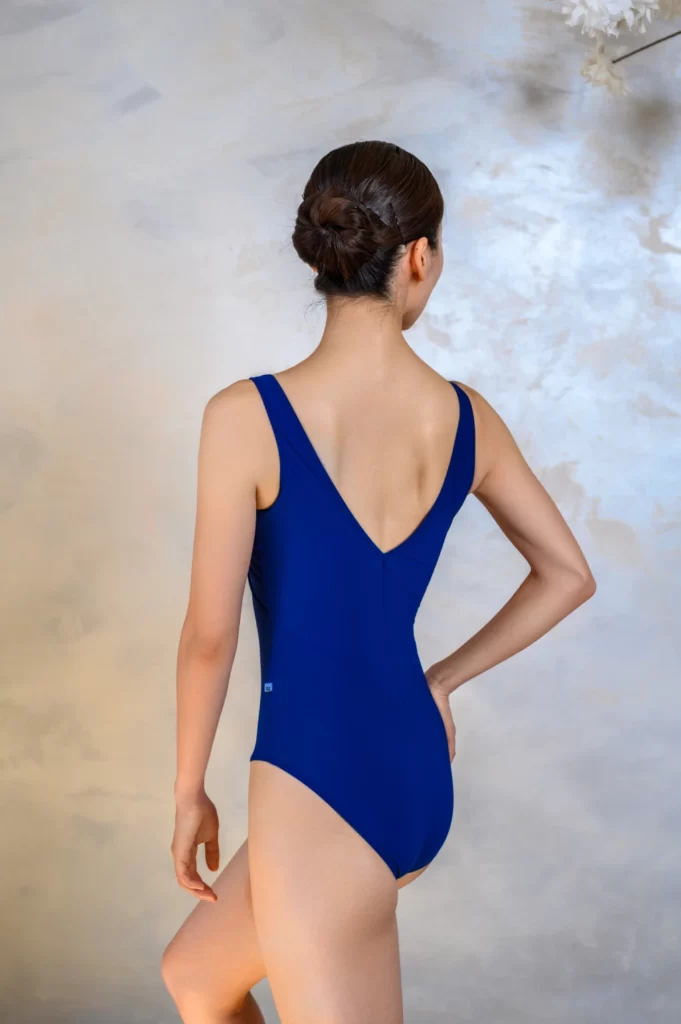
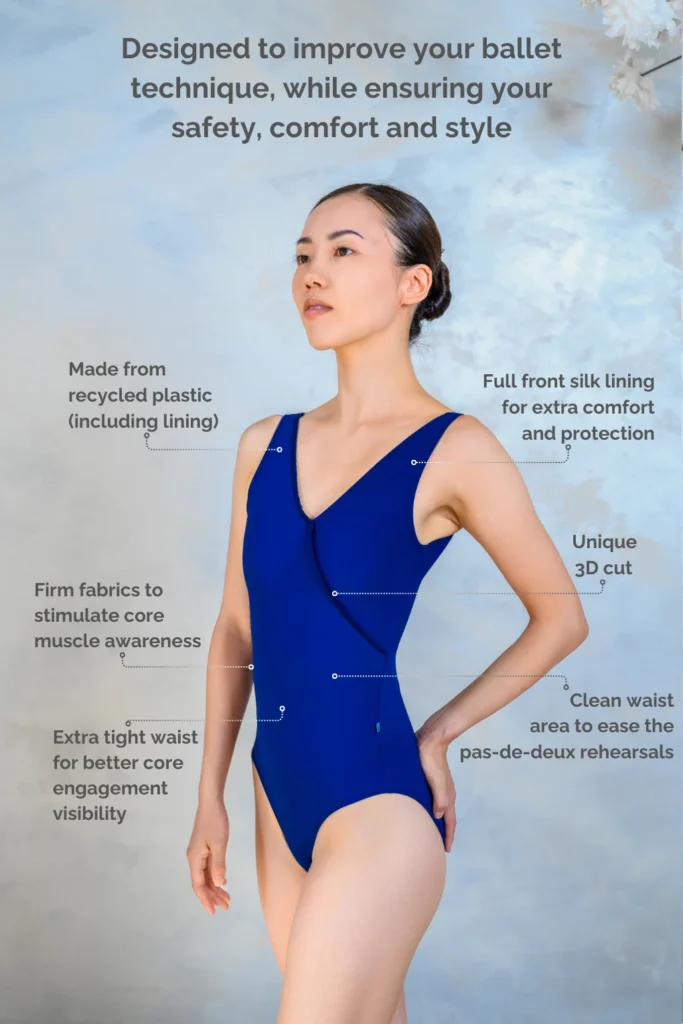
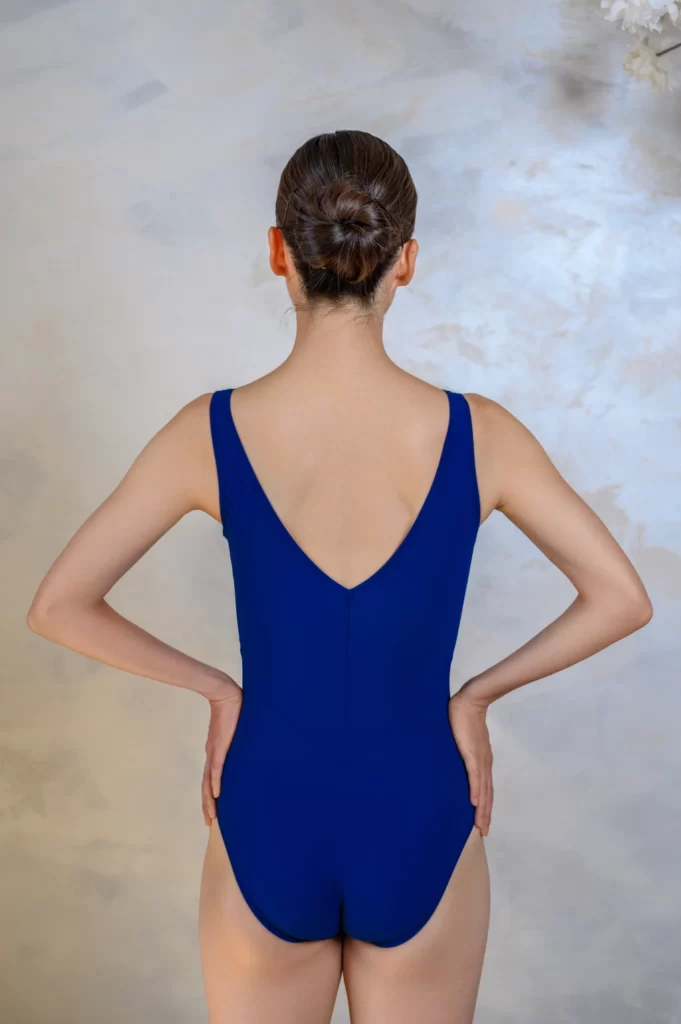
![[JPG REQUIRED FOR FACEBOOK] ArtCasse - La Première Coupe - Indigo Blue - Detail](https://www.artcasse.com/wp-content/uploads/2023/09/P-ST-ArtCasse-LaPremiereCoupe-IndigoBlue-Detail-681x1024.jpg)
